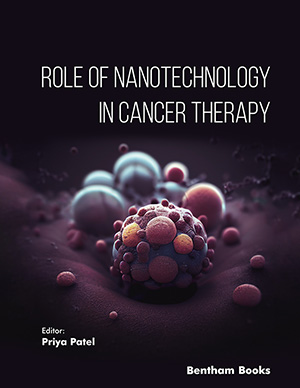Abstract
Background: The use of electrospinning technology (ET) in fabrication of threedimensional biodegradable electrospun nanofibers scaffolds (BENS) has recently gained considerable attention in tissue engineering. BENS are superior to other existing scaffolds in tissue regeneration as they provide high surface area-to-volume ratio, possess high porosity, and offer a biomimetic environment in a nanometer scale.
Objectives: To fabricate & characterize BENS using Poly (ethylene glycol) (PEG35000) as a biodegradable polymer loaded with Amoxicillin Trihydrate (AMX) for use as a wound dressing.
Method: Solutions of PEG35000 in chloroform of varying concentrations were used to fabricate BENS using ET. Blank & 1% w/v AMX-loaded BENS were fabricated & characterized. Morphology of BENS were assessed using Scanning Electron Microscopy (SEM). Fourier Transform Infrared (FT-IR) Spectroscopy was used to identify the interaction between PEG35000 and AMX. Differential Scanning Calorimetry (DSC) was used to assess the crystallinity and thermal behavior of the prepared BENS. The X-Ray Diffraction (XRD) analysis for the blank and drug loaded electrospun fibers was carried out to identify the changes in their crystalline pattern. The in vitro antibacterial activity against common skin Gram-negative and Gram-positive pathogens was also tested.
Results: Blank & AMX loaded 35% w/v PEG35000 solutions produced the most homogenous and intact nanofibers. Major bands of AMX in FTIR were clearly observed in the spectrum of AMX with PEG35000 post electrospinning. Moreover, DSC thermograms indicated that AMX existed in its amorphous dispersed state within PEG fibers supported by the disappearance of its melting peak at 190°C and confirmed by the complete absence of AMX crystals under SEM. Finally, the results of DSC were confirmed by XRD patterns. Characterizing XRD peaks of AMX loaded with PEG3500 post electrospinning disappeared as an indication of the complete dispersion of AMX in the loaded fibers and its complete conversion to the amorphous form. The in vitro antibacterial assay confirmed the efficiency of the drug loaded fibers against the common skin pathogens.
Conclusion: BENS using PEG35000 loaded with AMX were successfully fabricated and characterized. Our findings show that PEG BENS has features that make it a promising candidate for wound healing applications.
Keywords: Amoxicillin trihydrate, electrospinning, nanofibers, poly (ethylene glycol), scaffold, wound dressing.






























